Woof! The name’s Lady, and I’ve been around my fair share of puppies—some well-behaved, and some not so well-behaved—throughout my long life. But don’t let this grey muzzle fool you. I’m as sharp as a tack and full of helpful (unsolicited?) advice about how to raise a puppy right. So, if you’ve recently brought home a furry little bundle of joy, check out my tips below to ensure your pup gets off on the right paw by being properly socialized and trained.
(As a side note, these tips will also help prevent your muzzle from going grey prematurely. You’re welcome.)
Socializing your puppy
Some dogs are scared of people. Some negatively react to certain types of people (e.g., men, women, children, etc.). Some dogs don’t understand how to play with other dogs appropriately. Some are terrified of going to the vet.
These dogs weren’t born afraid of people or other dogs or the veterinarian. They lacked proper socialization as puppies or had negative experiences that led to their fears or anxieties. That’s why socialization is so important. It helps to build a dog’s confidence and teaches them the canine language of play and boundaries. And it all starts with positive experiences.
Socialization tips:
- Once your puppy has been vaccinated and you get the all-clear from the Cane Bay Veterinary Clinic team, introduce your new family member to various dogs and people, but do so gently. Start with calm, friendly dogs and diverse groups of people.
- Puppy training classes are a great way to get out into the world safely with your dog and experience different sights, sounds, and smells. (And your puppy will learn basic skills, like “sit,” “stay,” and “come,” so it’s a win-win!)
- Bring your puppy to the vet for “happy visits.” Come inside, and let your puppy be spoiled and loved on by the Cane Bay Veterinary Clinic team for a while. Let them step on the scale and get a treat for being so well-behaved. These happy visits will help your dog build a positive association with our clinic, which will make future visits better for everyone.
Crate training your puppy
Humans often misunderstand the crate. For us dogs, it’s like a cozy den—a place of safety, solitude, peace, and comfort, not a place of punishment. Just like socialization, proper crate training begins with positive experiences.
Crate training tips:
- Make your puppy’s crate inviting and comfortable by filling it with soft bedding and toys.
- Start with short periods and gradually increase the time your puppy spends in the crate.
- Always associate the crate with positive experiences like treats and praise. Never force your puppy into their crate or put them inside as a punishment.
House training your puppy
Ah, house training… it certainly requires patience from both pup and human. But don’t fret—it’s not as daunting as it might seem. I always guided my little ones to the same spot to do their business. Consistency is key!
House training tips:
- Take your puppy outside frequently and regularly—at least once every two hours—even if you don’t think they need to go to the bathroom. The younger your puppy is, the more frequently you should take them outside.
- In addition to every two hours, take your puppy outside immediately after they wake up, after they eat or drink, and during and after playing.
- Immediately praise your puppy and give them a small treat when they go to the bathroom in the appropriate place.
- Accidents happen. Never scold your puppy for having an accident. Instead, calmly redirect them to the appropriate place.
Leash training your puppy
Leash training is not just about walking; it’s about exploring the world safely—and comfortably—together. It took time for my puppies to get used to the feeling of a leash and collar, and to avoid pulling or reacting to other dogs—or squirrels!—while walking on the leash.
Leash training tips:
- Help your puppy get accustomed to the feeling of wearing a collar and leash by letting them wear the collar and leash indoors while you are playing together.
- Begin with short walks, and gradually extend the length of your walks together.
- Put a handful of training treats in your pocket before you head out for a walk. Be sure to praise your puppy for good behavior.
- If your puppy pulls on the leash, stand still and don’t move until they come back to you. When they come back to you, provide praise and treats.
- If your puppy tends to bark or lunge at other people, animals, or vehicles while on the leash, pay close attention and watch for potential distractions so you can redirect your pup’s attention with a treat before they lunge.
- Never use retractable leashes, which can be unsafe. A four- to six-foot leash is best.
Training your puppy to chew appropriately
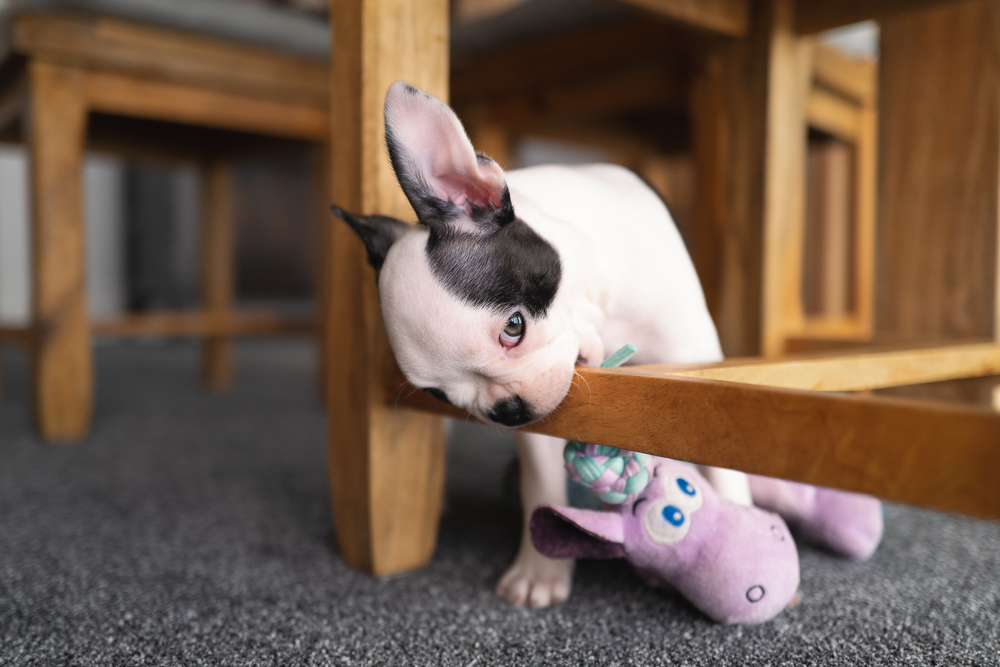
Chewing, oh the memories! As a mother, I watched my pups chew everything in sight—from their siblings’ ears to my once pristine tail. But in your human world, inappropriate chewing can be quite a nuisance, can’t it? Remember, patience is vital. Your puppy isn’t chewing to spite you; they’re just exploring their world. With consistent guidance, they’ll learn what’s chewable and what’s not.
Chew training tips:
- Provide appropriate chew toys. If you catch your puppy chewing on something they shouldn’t, calmly redirect them to a suitable chew toy. Praise them and give treats when they choose the right item to gnaw on.
- Keep your puppy busy. Boredom often leads to mischief. Ensure your pup has enough playtime and exercise. Tired dogs are less likely to chew your favorite shoes!
- Puppy-proof your home. Remove temptation. Keep things you don’t want to be chewed out of reach. Remember, to a puppy, everything is a potential toy!
- Consider safe chew treats. There are many safe, edible chews available that can satisfy your puppy’s natural urge to chew—ask our Cane Bay Veterinary Clinic team for recommendations. Always supervise your puppy with these treats to ensure they don’t choke.
As you embark on the wonderful journey of puppy parenting, remember that patience and love are your best tools. And if you ever need help, you know the nice folks at Cane Bay Veterinary Clinic are always there for you.
Many wags and much love to you,
Lady 🐾
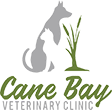
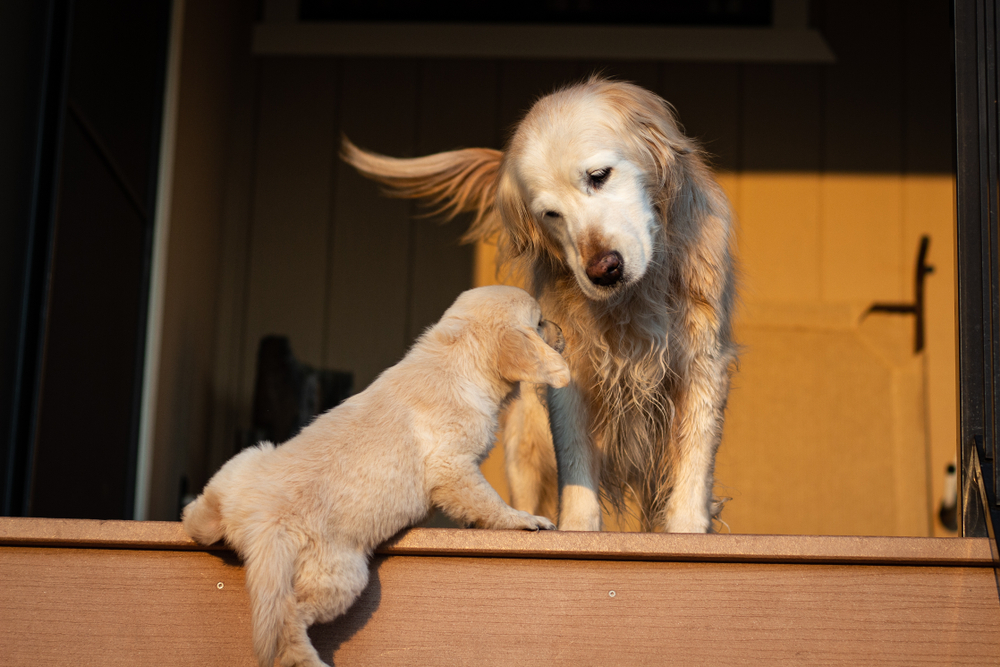
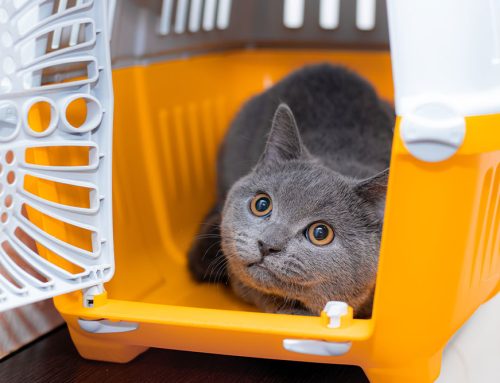
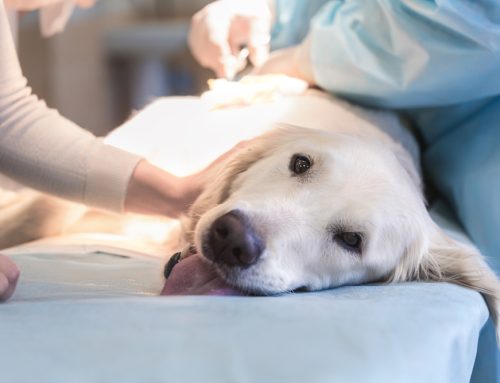
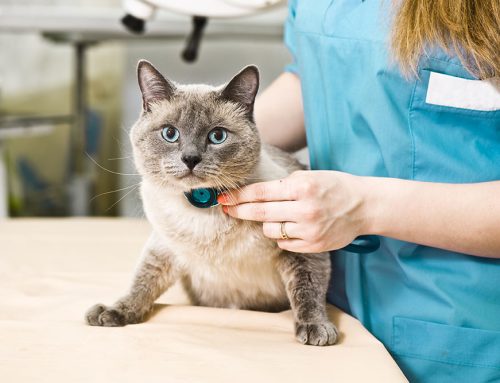


Leave A Comment